As of early December the S&P stock index posted nearly 25% returns for 2019. At HAH it is our goal to give you an even higher return on your investment. Perhaps it can’t be measured in terms of an objective percentage, but I would like to share with you how we are maximizing returns on the donor dollar. The Bible says you should store up your treasure in heaven and some donors consider that done once the check is written, but others are interested in knowing how their dividends are being maximized. Either way we take the honor of managing donations seriously and want you to be able to know exactly how they are being used. Since I have put a significant amount of my own resources into this project I can assure you that the this money is being managed as if my own. The responsibility of managing all that people have committed to this project was one of the big motivating factors for us to move to Haiti full-time. It is important that these resources are used in the most efficient and effective way with the goal of ultimately giving life-changing love, hope and healing to those in need.
In order to create sustainable accessibility for patients and offer high quality care we invest donor funding into building infrastructure rather than for the never-ending burden of operating expenses. One example is the installation of a digital x-ray system. Since we installed this in 2018, we now have no overhead for the cost of chemicals and film. If we need to repeat a film, we can do it at no cost to ourselves and no cost to the patient. This means better quality, more revenue and a lower price for the patient.
We recently invested in the installation of a CT scanner. This machine is in excellent condition and was donated by AdventHealth in Orlando. The infrastructure to properly run this machine is quite complex, but we were able to do it for a fraction of the normal cost. This now provides another revenue stream for the hospital. We have also built the best lab in Haiti, financed by donor funds, which now supports not only itself but provides additional support for other parts of the hospital. Solar power is another area that we are looking into as this would relieve another $10,000/month of operating expense. We are in the midst of renovating a number of areas of the hospital and also have some new construction planned. By funding capital expenses from outside sources we are able to keep our patient fees as low as possible and maximize quality.
You may be wondering why we have patient fees at all. This is a complex topic and can be explained in another post. But be assured that our goal is to take care of everyone who walks through our doors. We have established a financial counseling center in order to meet the needs of our patients in a caring and equitable fashion. We have a fund set up specifically to support this program. Please go to the donate tab if you are interested in donating directly to the indigent patient endowment fund. We have also designed discount programs to encourage patients to come in before their condition progresses to the point where it is difficult, if not impossible, to treat.
The formula seems to be working. Patient volume is at an all-time high. People of all classes are receiving care. The hospital is breaking even on routine operating expenses for the first time in years. Employees are getting paid on time and morale is better than ever. By focusing on our mission to give the highest quality care to everyone, especially those lacking resources, the Lord is blessing this hospital in immeasurable ways.
Here are a few examples of how this works.
- Orthopaedic implants are typically a major hospital expense. At HAH we spend almost nothing on implants. Many implants are donated by visiting teams. Many instrument sets were donated in the aftermath of the earthquake and we continue to maintain and use these. Many items like external fixators can be reprocessed and used like new. The external fixator in Figure 1a is a Taylor Spatial Frame and this particular construct would typically cost around $15,000 in the US. At HAH – no cost. The fixator in Figure 1b shows a kickstand that we built with a few extra blue connectors ($400ea in the US) and carbon fiber rods. This is to hold the leg up and prevent pressure sores. In the US we might forego the luxury of this due to the $2000 price tag, but in Haiti we can build these as fancy as we want using reconditioned parts
2. We spend a lot of time sorting and organizing inventory. We don’t want to spend money on something we might already have. It is important to know exactly what we have and know where it is when it is needed. (Fig. 2)
3. This is our radiolucent OR table. I had it constructed 10 years ago in the Dominican Republic for $300. It goes up and down and does almost everything its $150,000 American equivalent can do. (Fig. 3)
4. Never let a pound of baggage allowance go unused! (Fig. 4) We try to support the local economy by purchasing as much as possible locally, but certain items must be imported. Shipping is expensive and we only use shipping services when items are too big to be placed in checked luggage. A recent piece of equipment needed to be taken to the US for repair. It weighed 80lbs so I partly dismantled it prior to packing in order to avoid overweight charges.
5. Local laborers are eager to work. They get a lot done and are learning a lot of new skills. Most of them work for less than $15 a day and this feeds multiple family members while beautifying our hospital. Our hospital provides employment for nearly 200 people. (Fig. 5)
6. Foreign staff at our hospital work either completely as volunteers or survive on a very modest stipend. (Fig. 6a) Joseph Mahoney is starting our CT scan program and provides training and administration in the department of radiology. (Fig. 5b) Joseph’s children volunteering their services (child slavery not endorsed).
7. When equipment needs to be fixed we make phone calls, we watch DIY videos on YouTube, and read instruction manuals. Often the surgeon does more than surgery. (Fig. 7)
8 Notice the lack of disposables in our operating room. (Fig. 8) We use cloth gowns and drapes and reprocess almost everything including suction tubing and electrocautery pencils. This is good for the environment as well as the unemployment rate in Haiti. And it saves money. “Pas de gaspillage” Means “no wastage” in French. The nurses know that these are some of my favorite words and find it intriguing why some American guy is so concerned about avoiding waste.
9. This is our safe drinking water project. It cost about $3000 to set up and saves the hospital a couple hundred dollars each month. (Fig. 9)
10. We have eliminated more or less all the piles of equipment like this. (Fig. 10) We either fix stuff or properly dispose of it. In the past there was often a lack of resources and ability to fix things like this. When a wheel would break on a gurney the whole thing was put outside and left to rust. After a few years someone would donate another one. The rusty one would remain in the weeds. Now we spend the extra $50 bucks, fix the wheel and keep our gurneys rolling.
I would like to give a big thanks to all of our supporters. The success of HAH depends on resources, leadership, and collaboration between a lot of people with different skills. Anyone who supports our program or is interested in supporting our program can feel free to contact us for further specific financial data and information on donating.
Discover more from haitibones
Subscribe to get the latest posts sent to your email.
Category: Uncategorized

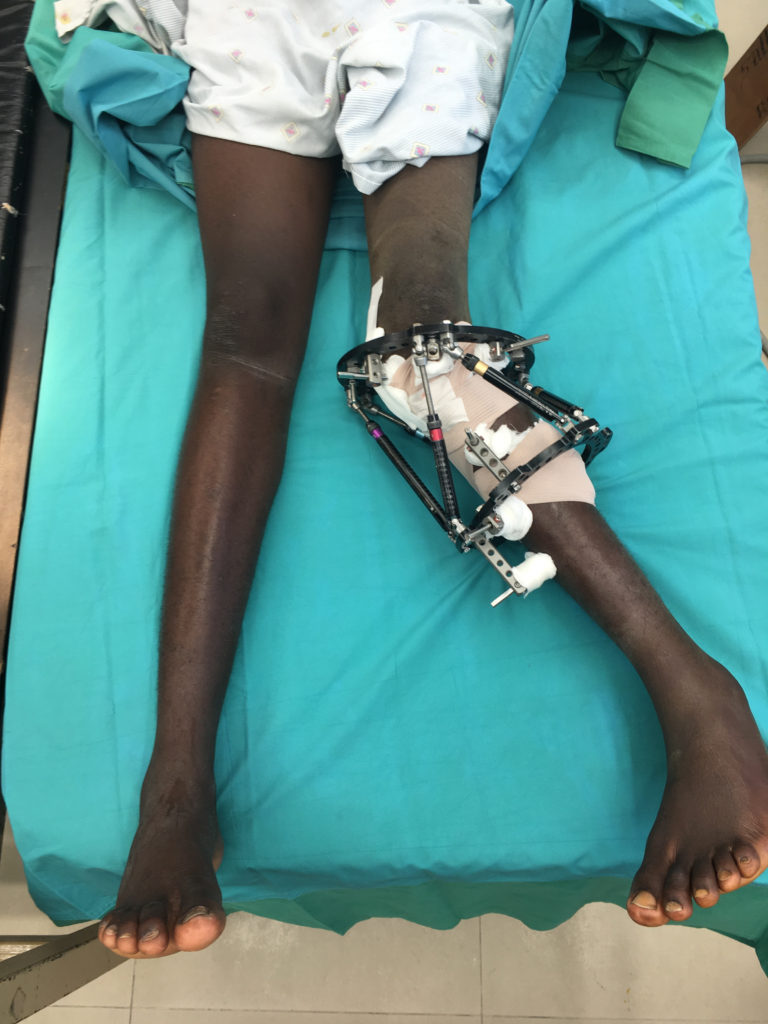
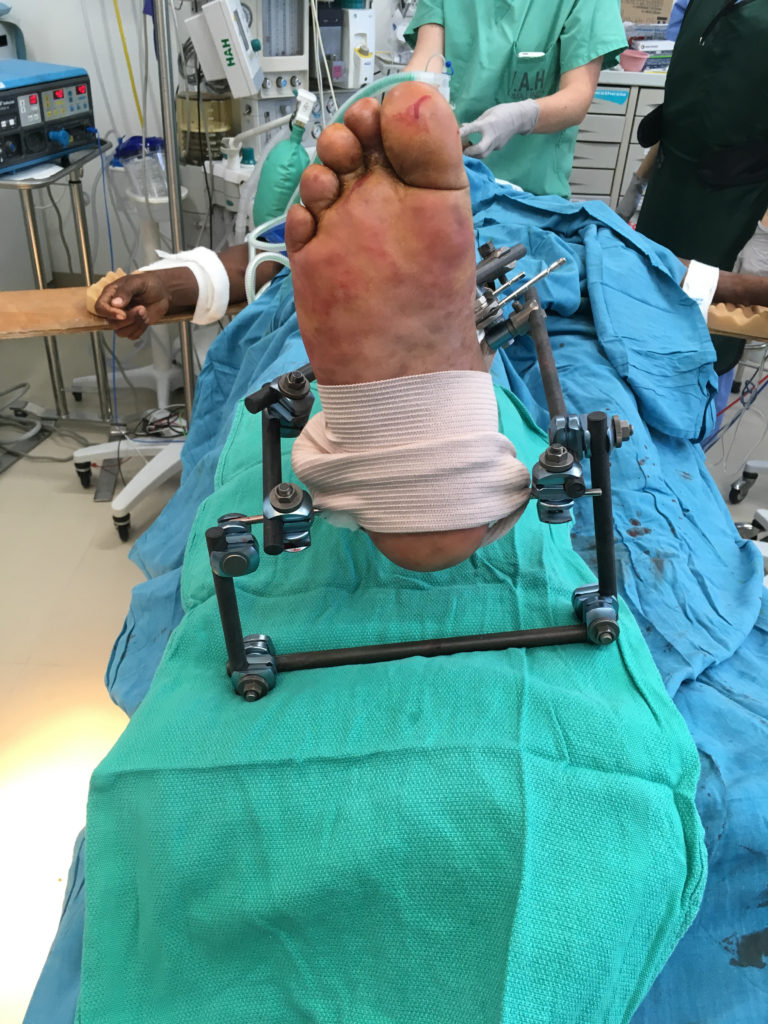
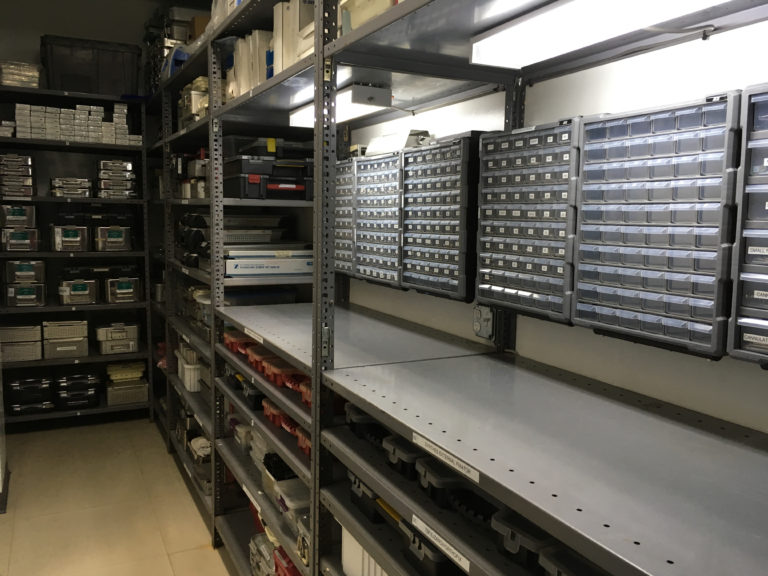
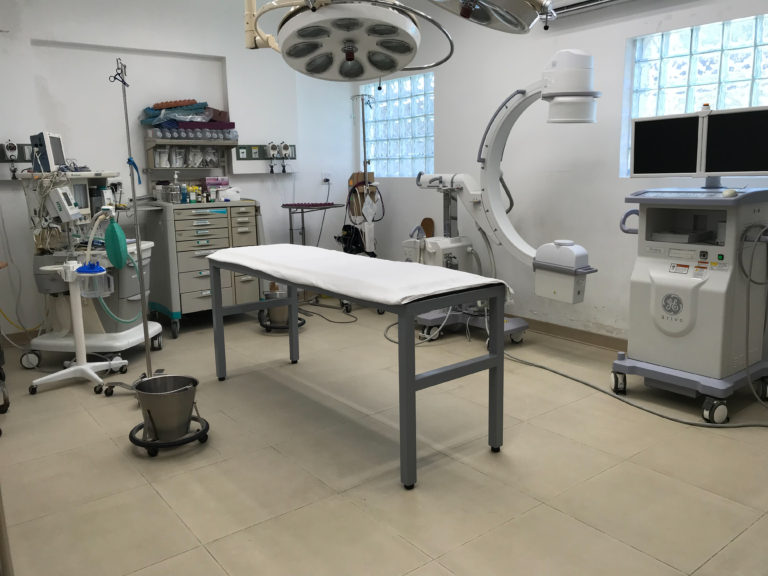

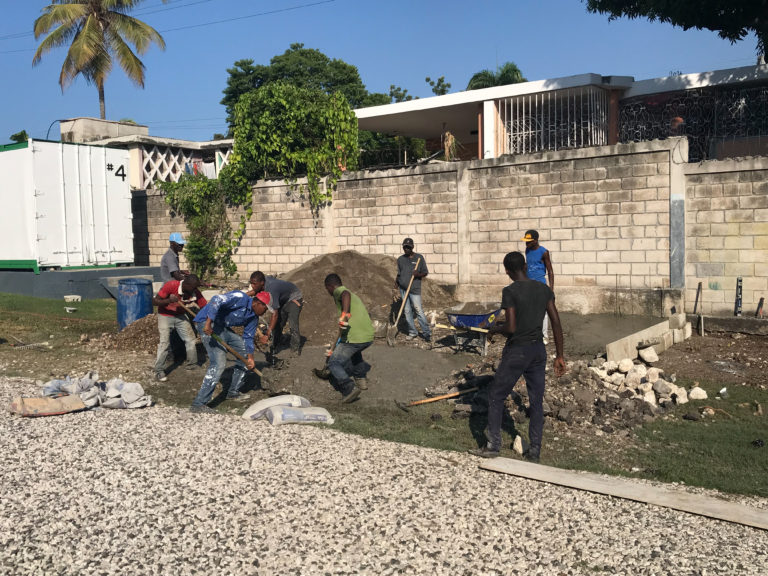






Recent Comments